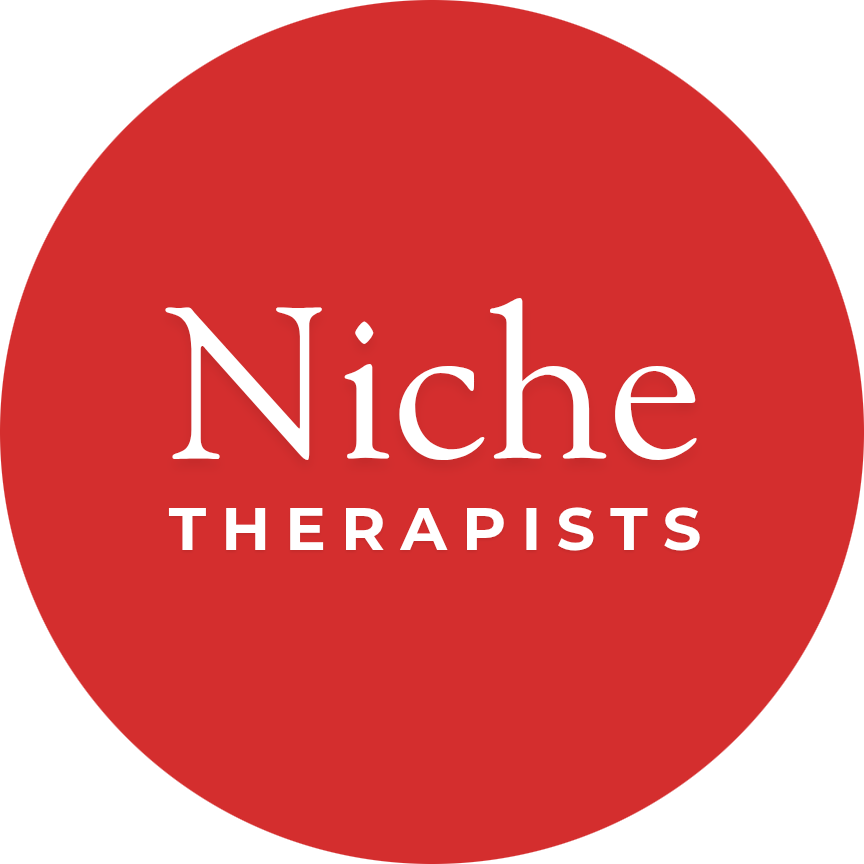
CBT & NLP for Anxiety & Stress – Regain Control & Find Calm
Anxiety & Stress can feel overwhelming, affecting your thoughts, emotions, and even your physical health (American Psychiatric Association, 2013).
When you’re stuck in a loop of worry, overwhelm, or burnout, it can feel like your mind and body are constantly on high alert. Whether it’s racing thoughts, panic attacks, sleepless nights, or a sense of pressure you can’t switch off, anxiety and stress can affect every part of life – from your mood and health to your ability to enjoy the moment.
The good news? You don’t have to stay stuck in survival mode.
Cognitive Behavioural Therapy (CBT) and Neuro-Linguistic Programming (NLP) offer powerful, evidence-based tools to help you reset your mind, calm your nervous system, and feel more in control – even when life feels intense or uncertain.
How CBT & NLP Help Reduce Anxiety and Stress
✔ Understand Your Triggers – Learn to recognise the thoughts, beliefs, and environments that activate your stress response – so you can respond, not just react (LeDoux, 2015; Barlow, 2002).
✔ Break Anxious Thinking Patterns – CBT helps you challenge the negative thought loops that fuel anxiety and self-doubt—creating space for more balanced, constructive thinking (Beck, 1976; Hofmann et al., 2012).
✔ Rewire Your Mindset with NLP – NLP techniques help reframe your internal dialogue, shift subconscious patterns, and build mental strategies that support calm and confidence (Tosey & Mathison, 2010; Joseph, 2018).
✔ Regulate Your Emotions – These therapies strengthen emotional regulation, helping you respond more calmly to stress, pressure, or conflict (Craske et al., 2014; McEwen, 2007).
✔ Support Your Nervous System – Chronic stress can dysregulate your body’s natural balance. CBT and NLP promote resilience by supporting both mental and physiological regulation (Thayer & Lane, 2000).
✔ Build Confidence in Facing Challenges – Avoidance makes anxiety stronger. With the right tools, you can safely face what you’ve been avoiding and build trust in yourself again (Barlow, 2002).
A Practical, Brain-Based Approach to Emotional Balance
CBT helps you understand and shift the conscious thoughts and behaviours that maintain anxiety and stress. NLP complements this by working on the subconscious patterns – like internal beliefs, imagery, and language – that influence how you feel and react.
Together, these approaches help you:
• Release mental and emotional tension
• Reframe limiting beliefs
• Handle daily stress with greater ease
• Respond more calmly to triggers
• Reconnect with your inner calm and clarity
Your Calm is Closer Than You Think
Anxiety and stress don’t define you – and you don’t have to manage them alone.
With the our support, you will build tools to feel calmer, clearer, and more in control of your emotional world.
CBT and NLP therapy offer a clear, results-driven path forward.
Ready to take the next step?
Book a free consultation to explore how CBT and NLP can help you reduce anxiety, manage stress, and feel more like yourself again.
.
References
• American Psychiatric Association. (2013). Diagnostic and statistical manual of mental disorders (5th ed.). Washington, DC: American Psychiatric Publishing.• Barlow, D. H. (2002). Anxiety and its disorders: The nature and treatment of anxiety and panic (2nd ed.). Guilford Press.
• Beck, A. T. (1976). Cognitive therapy and the emotional disorders. International Universities Press.
• Clark, D. A., & Beck, A. T. (2010). Cognitive therapy of anxiety disorders: Science and practice. Guilford Press.
• Craske, M. G., Treanor, M., Conway, C. C., Zbozinek, T., & Vervliet, B. (2014). Maximizing exposure therapy: An inhibitory learning approach. Behaviour Research and Therapy, 58, 10-23. https://doi.org/10.1016/j.brat.2014.04.006
• Hofmann, S. G., Asnaani, A., Vonk, I. J. J., Sawyer, A. T., & Fang, A. (2012). The efficacy of cognitive behavioral therapy: A review of meta-analyses. Cognitive Therapy and Research, 36(5), 427-440. https://doi.org/10.1007/s10608-012-9476-1
• Joseph, S. (2018). Theories of counselling and psychotherapy: An integrative approach. Palgrave Macmillan.
• LeDoux, J. E. (2015). Anxious: Using the brain to understand and treat fear and anxiety. Viking.
• Tosey, P., & Mathison, J. (2010). Neuro-linguistic programming: A critical appreciation for managers and developers. Palgrave Macmillan.
